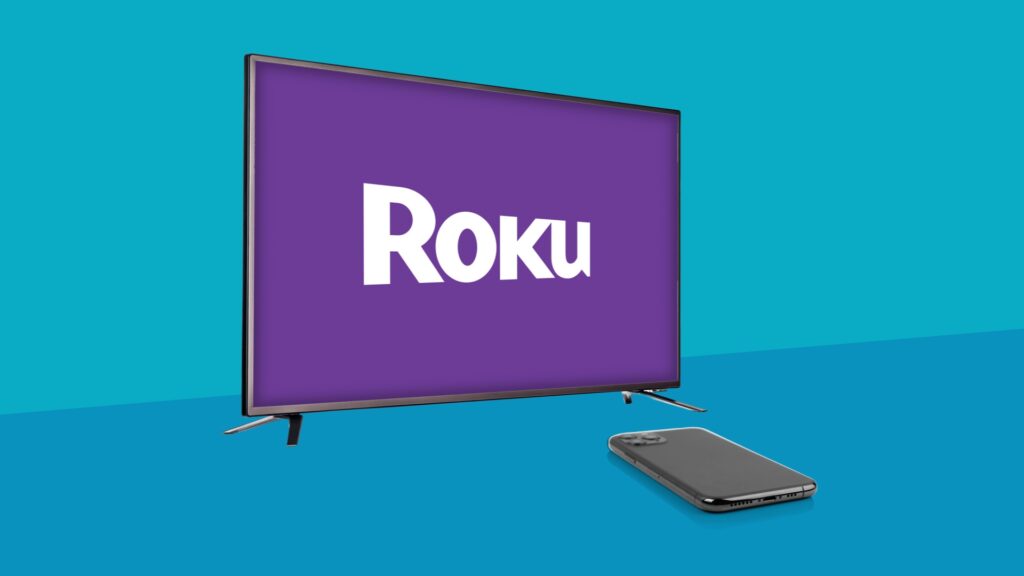Seeing Connected TV Through a Search Marketer Lens
by Jaci Schreckengost
3 Min Read
CES 2024: Stagwell (STGW) and MNTN Announce Partnership in Unified Performance SolutionsLearn More
Roku’s recent announcement about their in-house smart TVs could help boost their advertising offering

4 Min Read
The past few years have certainly been golden ones for streaming, as it finally outgrew the clutches of linear TV to become the dominant way we watch television. Original content was abundant, new channels popped up overnight, and the pandemic presented a perfect backdrop for regular TV watching.
As of late, the TV and media landscape appears to be shifting. Mergers between networks are now the norm, content budgets are slashed, and TikTok has breathed new life into social media. Despite this, signals from the market show that the living room isn’t giving up its crown quite yet.
Roku announced earlier this month that they would be debuting their own line of smart TVs. Up until this point, Roku smart TVs have been licensed through third-party TV manufacturers such as TCL and Hisense. Now, Roku will be bringing the TV production in-house.
Roku has battled for the top spot in the device streaming wars and is winning, as far as the US market is concerned. According to Conviva’s State of Streaming Report for 2022, a Roku-powered TV accounted for 33% of the time people in North America spent streaming video on any device, including TV, phone, tablet, or computer. While streaming devices were the method of choice originally, Smart TVs have outstripped them, accounting for 35.3% of streaming video watching in Q2 2022 vs. 34.6% for CTV devices according to the same Conviva report.
Despite their success in the US, Roku’s popularity doesn’t extend to the rest of the world. Streamers in other countries are relying on smart TVs’ built-in systems to stream. Investing in their own smart TVs gives Roku a better foray into the rest of the global market and helps maintain their lead in the US.
Roku stands to benefit greatly from bringing smart TVs in-house. A majority of Roku’s revenue comes from their advertising business. With access to the TV itself and not just the streaming device attached, they will gain a wealth of valuable data that they can sell back to advertisers. Kristina Shepard, head of US brand sales at Roku, told Ad Exchanger, “We want to make sure brands can use our first-party data – including ACR [automatic content recognition] – to target their audiences and tie ad exposures to conversions and sales across different retailers.”
Data is the keyword here. The shifting data environment means that advertising companies are looking to offer their clients the best targeting available. Roku’s announcement mirrors moves from other key players in the space to get into the TV game, including Amazon. The race to control the living room may be less about the user experience and more about the advertisers who stand to benefit on the backend.
Even for all the benefits of producing smart TVs in-house, it may seem a foolish endeavor based on the shift in attention to short-form content on the likes of TikTok and YouTube Shorts. The TikTok frenzy has been well-documented, with a common theme of Gen Z foregoing the living room TV screen for the one in their hand. However, the Gen Z viewership numbers tell a different story. According to a study done by Horowitz Research, 3 in 4 Gen Zers stream to a TV including 3 in 5 that use a Smart TV. While TikTok may be overtaking previous forms of mobile media consumption, it’s still not unseating CTV as a top form of content consumed, even for Gen Z.
As Gen Z reaches adulthood, it is likely that they will only consume more long-form content as they move away from home and purchase their own televisions. Roku, much like Amazon and other key players, hope that when they do, it will be one of their smart TV.
Advertisers continue to turn toward Connected TV as a way to reach their audiences no matter who they may be, from B2C to B2B, since almost everyone is streaming TV. The high-quality nature of the content also lends itself to a brand-safe experience for advertisers.
The amount of data available to help them reach their audience will be a key consideration when selecting an advertising partner. These players will continue to make business decisions that reflect this industry need, including developing their own suite of products to capture this valuable data.